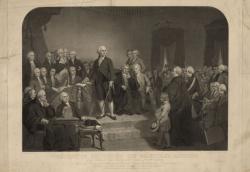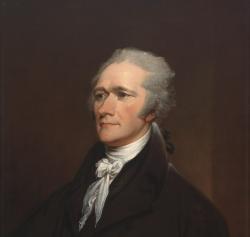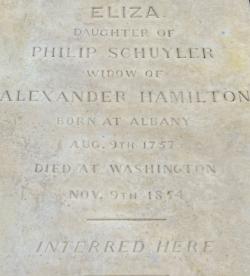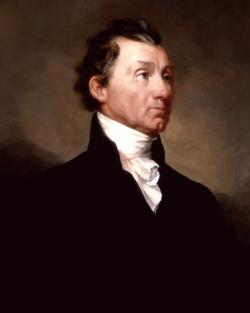Famous Members
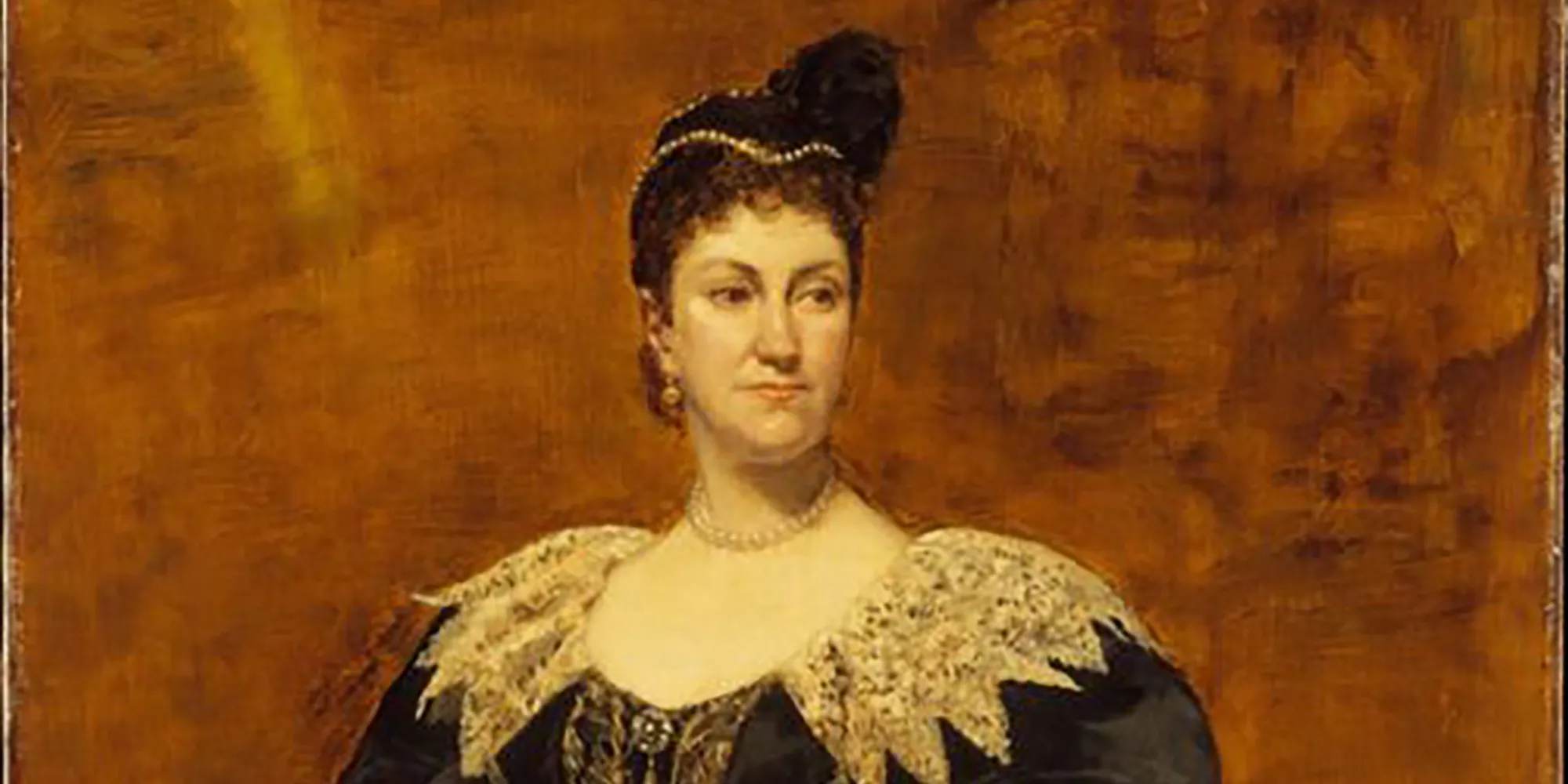
Alexander Hamilton wasn’t the only one.
Trinity Church has been a spiritual home to many influential Americans over the past 300 years. These are just some of the notable people who have worshipped with us.
George Washington
George Washington—not only the Commander-in-Chief of the Continental Army, but also a framer of the United States Constitution—attended services at Trinity Church and St. Paul's Chapel while the Continental Army was in New York during the Revolutionary War. Following his inauguration in Federal Hall as America’s first president on April 30, 1789, Washington and members of both houses of Congress up the road and into St. Paul’s Chapel to attend a service. One year later, he attended the consecration of Trinity’s second church building at the intersection of Broadway and Wall Street. President Washington and members of his government were regular worshipers at Trinity during the brief period New York City was the capital of the United States.
Alexander Hamilton
Alexander Hamilton was George Washington’s chief staff aide and a passionate promoter of the U.S. Constitution, which he defended by authoring 51 of the 85 Federalist Papers – a fact now known to any fan of playwright Lin-Manuel Miranda’s famous musical, Hamilton. Hamilton went on to become the first secretary of the treasury. A leader in establishing our country’s national banking system, Hamilton also helped Trinity with its finances by providing legal counsel to the parish in several legal cases. Five of his children were baptized at Trinity. After he was mortally wounded during his famous duel with Vice President Aaron Burr, Hamilton called on Trinity’s rector, the Rt. Rev. Benjamin Moore, to administer his last rites. Hamilton’s funeral took place in Trinity Church and he is buried in the south churchyard.
Elizabeth Schuyler Hamilton
Although Alexander Hamilton rented a pew at Trinity, his wife Elizabeth (known as Eliza) and children attended more regularly than he did.
After Hamilton’s death, Eliza Hamilton dedicated herself to charitable work, founding New York City’s first private orphanage and a school for children whose families couldn’t afford a private education. She died at the age of 97 and is buried beside her husband in Trinity’s churchyard.
Angelica Schuyler Church
Angelica Schuyler Church was Elizabeth Hamilton’s sister and a well-connected socialite on two continents. While her sister maintained a strong connection to Trinity Church, not much is recorded about Church’s participation in parish life. The one exception: she was a baptism sponsor for her niece Angelica, Alexander and Eliza’s second child, who was born in 1784. Angelica’s exact final resting place is unknown, but a marker for her stands at the Livingston Family vault, near the western perimeter of Trinity’s north churchyard. Her maternal grandmother was a Livingston.
John Jay
John Jay, who played several significant roles in the formation of the United States, owned a pew at Trinity Church. Jay, like Alexander Hamilton, was another author of The Federalist Papers. He also signed the Treaty of Paris, served as the second governor of New York, and as the first Chief Justice of the United States. In addition to being a leader in government, John Jay was also a leader at church, serving as a churchwarden at Trinity Church from 1785-1790.
James Monroe
James Monroe was a delegate to the Continental Congress and the fifth President of the United States. He had both his wedding (1786) and funeral (1831) at Trinity Church.
James Duane
James Duane, a signer of the Articles of Confederation and New York’s first post-colonial Mayor, served as a Trinity vestryman from 1772-1777 and a warden from 1784-1794.
